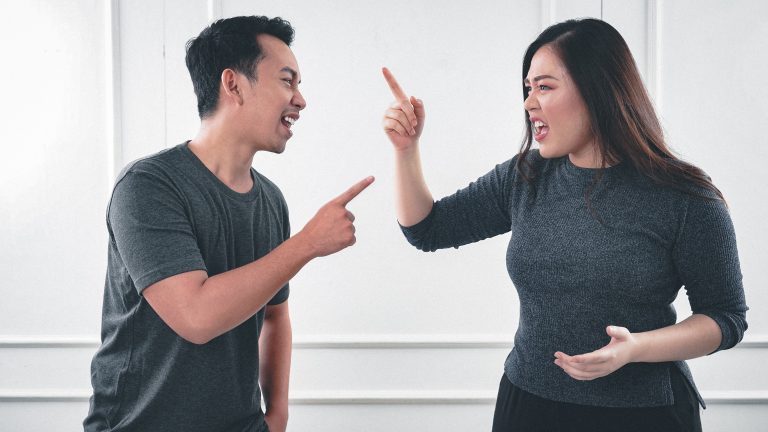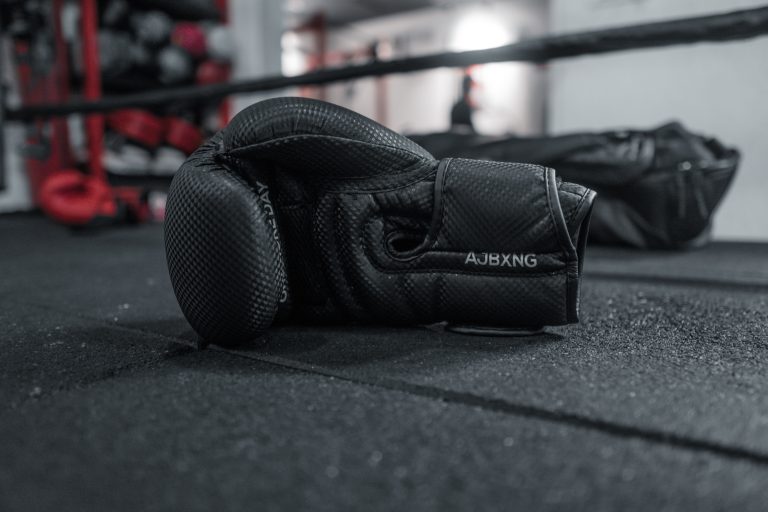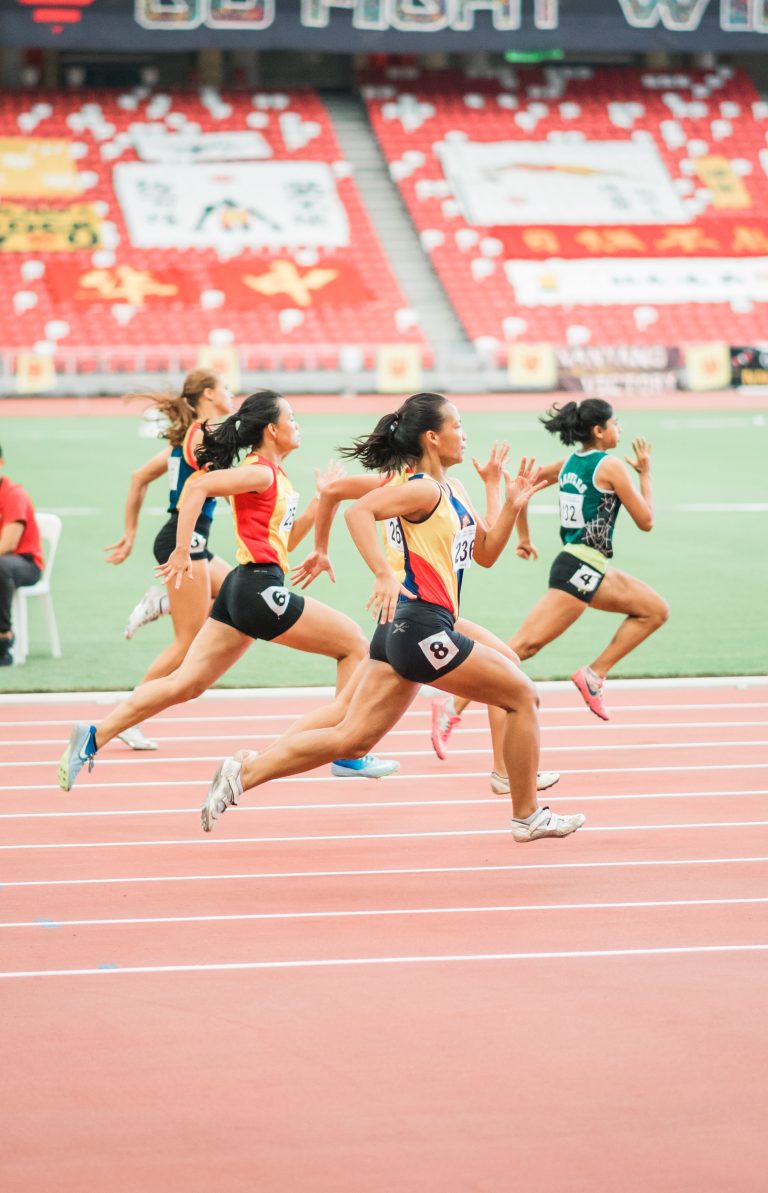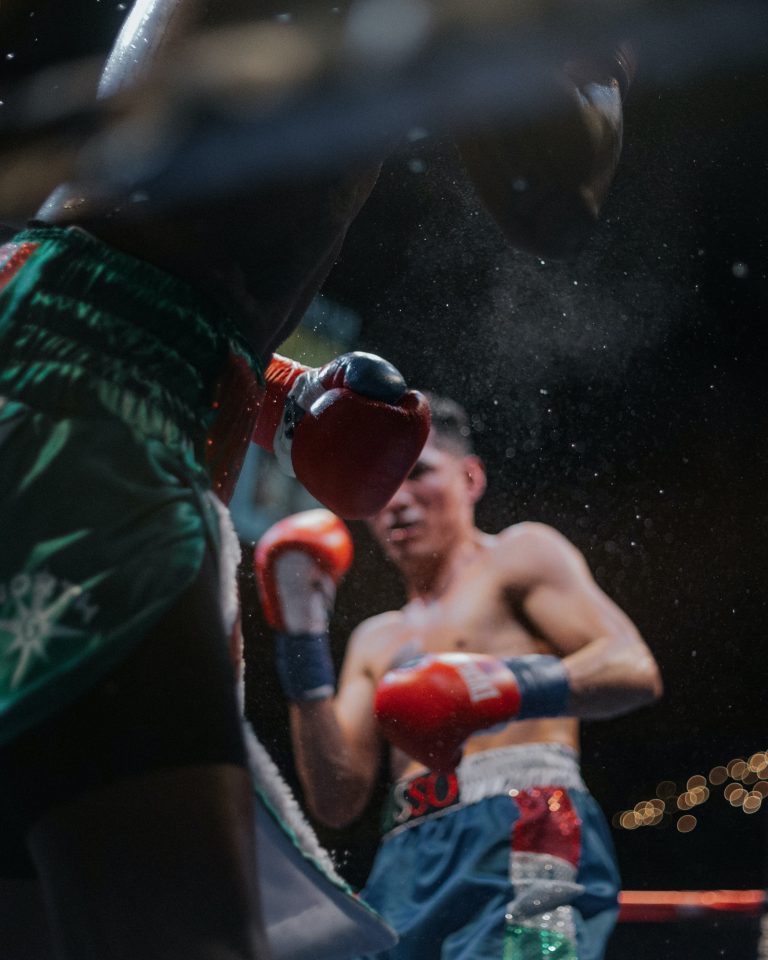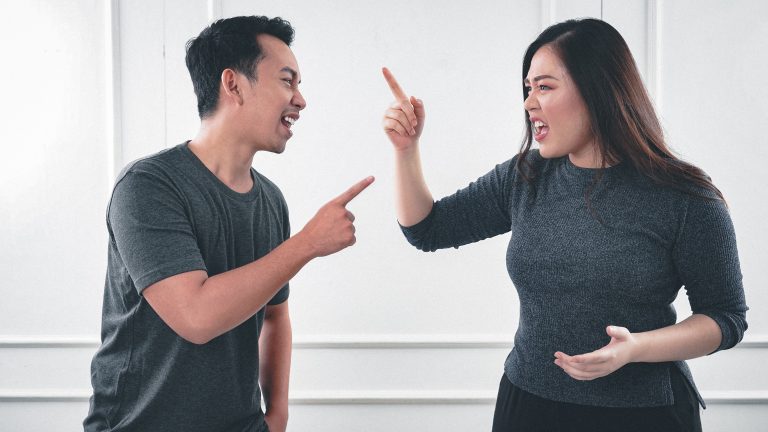Everything You Need To Know About Karate Basics
Karate is one of the most popular martial arts worldwide. It has been practiced for centuries in Japan, and it has evolved into a mature martial art that is frequently seen in movies and television. There are many different styles of karate, each with its own unique techniques and philosophical doctrines.
No matter which style or school of karate you practice, there are certain basics that are essential for grasping the fundamentals. Learning these basic karate moves and understanding the core principles can give you a solid foundation for any style and further your understanding of all the other aspects of karate, such as kata and sparring. In this blog, we will walk you through the must-know karate basics: stances, blocks, and strikes.
Stances
Karate stances, or kamae, form the foundation of your training and are the building blocks of your technique. There are three main stances used in karate:
- Natural Stance (Shizentai)
- Fighting Stance (Kamae)
- Horse Stance (Kiba Dachi)
The natural stance is the most natural posture and serves as a starting point for all other stances. The feet should be hip-width apart with your toes pointing slightly outward. Your arms should be bent at the elbow and down by your side. It should be a relaxed stance with your weight evenly distributed across both feet and with your hands ready to defend or attack.
The fighting stance is the most common stance in karate and is used when preparing to defend or attack. The feet should be shoulder-width apart and both your arms should be up in a defensive position with your fists close to your cheekbones and your elbows in line with your shoulders. Your hips should lean slightly forward into the stance and your weight should be distributed across the front of your feet. This stance is used for techniques such as hooks and uppercuts.
The horse stance is used for strength and balance training. The feet should be shoulder-width apart, your back should be straight, and your elbows should be bent at a 90-degree angle. Your weight should be evenly distributed across both feet and your hands should be at chest level in front of you. This stance is often used for drills such as breathing exercises or strikes that require a strong low stance.
Blocks
Blocks are one of the most important elements of karate, as they provide defense against punches, kicks, and other strikes. There are four main types of blocks used in karate:
- Outside block (Gedan Uke)
- Inside block (Jodan Uke)
- High block (Age Uke)
- Low block (Gedan Barai)
The outside block is a defense against a punch or kick to the outside of your body. You should position yourself in an “X” formation with both arms above your head in a defensive position. Your weight should be evenly distributed across both feet and your palms should be facing outward.
The inside block is a defense against a punch or kick to the inside of your body. You should step forward into an “X” formation with both arms above your head in a defensive position. Your weight should be evenly distributed across both feet and your palms should be facing inward.
The high block is used to defend against a high punch or kick. This can be performed either with one arm or two with the arms crossed above the head in a defensive position. The weight should be evenly distributed across the balls of both feet and the elbows should be bent at a 90-degree angle.
The low block is used to defend against low punches or kicks. The arms should be held out at a 90-degree angle with the palms facing outwards as you step slightly forward into an “X” formation. The weight should be evenly distributed across both feet and your arms should form a shield between your body and the incoming strike.
Strikes
Karate strikes are used to incapacitate or disarm an opponent. There are three main types of strikes used in karate: punches, kicks, and elbow strikes. It is important to perform each strike with focus, balance, technique, speed, accuracy, power, and timing in order to achieve maximum effect against an opponent.
- Punches: Punches in karate typically use the open palm or closed fist to strike an opponent. Common punches include jabs, crosses, hooks, uppercuts, front handknuckles, back handknuckles, rip fists (palm heel thrusts), chops, and spear palms.
- Kicks: Kicks can be used either offensively or defensively to attack or create distance between you and your opponent. Common kicks include front kicks, sidekicks, roundhouse kicks, inside crescent kicks, outside crescent kicks, jump kicks, axe kicks, spinning heel kicks, back thrusts and more.
- Elbow Strikes: Elbows are powerful weapons that can inflict considerable damage if used properly. Common elbow strikes include vertical elbow strikes using either hand or arm, roundhouse elbows using either hand or arm, reverse elbow strikes using either hand or arm, upward elbows using either hand or arm, horizontal elbows using either hand or arm, hammer fists using either hand or arm.
Learning proper technique for strikes can prevent injury and can help you land powerful hits on an opponent. To ensure proper technique, it’s important to practice each move over and over until it feels natural and effortless enough to use in combat situations should they arise.
The Takeaway
Karate basics such as stances, blocks and strikes form the backbone of any style of karate training. By learning these essential techniques and practicing them regularly, you will develop a strong foundation for furthering your understanding of kata and sparring techniques as well as self-defense strategies. So get out there today and start mastering these basic karate moves!
Everything You Need To Know About Karate Basics
Karate is a popular sport and martial art that originated from Japan. It is a physical, mental, and spiritual discipline that aims to improve the overall health and well-being of individuals. If you are a beginner or someone who is interested in learning more about karate, you may have many questions about the basics. In this post, we will answer the most frequently asked questions about karate basics.
1. What is Karate?
Karate is a form of martial art that originated in Japan. It involves the use of the hands, feet, and other parts of the body for striking and blocking techniques. Karate emphasizes on quick movements and powerful strikes. It also involves proper breathing techniques and meditation.
2. What Are The Benefits Of Learning Karate?
There are numerous benefits of learning karate, including:
- Improved fitness and stamina
- Increased flexibility and agility
- Increased mental focus and discipline
- Boost in confidence and self-esteem
- Ability to defend oneself in threatening situations
3. What Are The Basic Techniques In Karate?
There are four basic techniques in karate, including:
- Punches: Karate punches involve using the hands to strike the opponent.
- Kicks: Karate kicks involve using the legs and feet to strike the opponent.
- Strikes: Karate strikes involve using the hands and feet to hit weak points of the opponent.
- Blocks: Karate blocks involve using the arms and legs to deflect or stop an attack from the opponent.
4. What Are The Different Styles Of Karate?
There are several styles of karate, including:
- Shotokan Karate
- Goju-ryu Karate
- Shito-ryu Karate
- Wado-ryu Karate
- Kyokushin Karate
Each style has its unique strengths and weaknesses. Therefore, it is essential to find the right style that suits you.
5. What Are The Belt Levels In Karate?
Karate has a system of colored belts to indicate the proficiency of the practitioners. The categories of belts from beginner to the advanced levels include:
- White Belt
- Yellow Belt
- Orange Belt
- Green Belt
- Blue Belt
- Brown Belt
- Black Belt
However, the belt system may differ among different karate styles.
6. What Is The Difference Between Karate And Other Martial Arts?
Though karate shares a lot of similarities with other martial arts such as taekwondo, kung fu, and judo, there are some significant differences. Karate emphasizes on striking techniques while other martial arts such as judo concentrate more on throws and grappling techniques.
7. How Can I Learn Karate?
You can learn karate by enrolling in a martial arts school, and there are a lot of options available. Look around your area for dojos or martial arts clubs that offer karate classes, and attend introductory classes to find out if it is right for you. Additionally, there is a lot of online karate video training available that you can use to learn the basics.
8. What Equipment Do I Need To Learn Karate?
To start learning karate, you will need basic equipment such as:
- A karate uniform (Gi)
- A belt
- Mouthguard
- Gloves
- Shin guards
However, more advanced equipment such as sparring gear and weapons may be necessary as you progress.
9. Can Anyone Learn Karate?
Karate is a sport that can be learned by anyone, regardless of age, gender, or ability. However, it requires a certain level of discipline, commitment, and consistency. Always consult with your doctor if you have any medical health problems before starting karate.
10. What Are Some Essential Tips For Beginners In Karate?
If you are a beginner in karate, here are some essential tips:
- Practice the basics regularly
- Be consistent with training
- Listen to your instructor
- Work with a partner
- Pay attention to breathing and posture
Conclusion
Karate is a fascinating sport and martial art that has numerous physical, mental, and spiritual benefits. Learning the basics of karate is the first step to become a skilled practitioner. Hopefully, this post has answered your most frequently asked questions about karate basics. Remember to practice regularly, be consistent, and have fun!
Inhaltsverzeichnis

